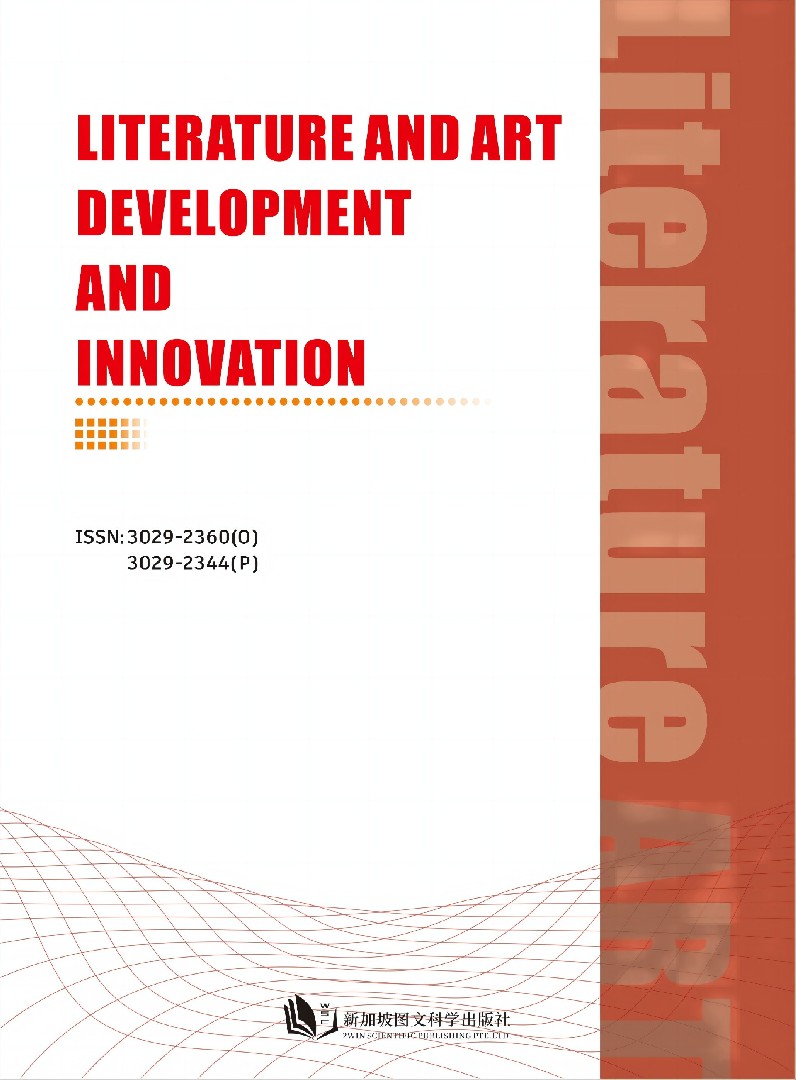作者
Zhi Cui
文章摘要
This paper examines the orchestration techniques and artistic value of the third movement of Mahler's First Symphony. As a representative work from Mahler's early compositional period, the orchestration techniques in this movement demonstrate unique and innovative artistic appeal. Through analysis of the movement's overall orchestration structure, the paper reveals Mahler's precise handling of instrumental layers and sonic space. In the exposition section, the innovative use of double bass solo and its clever combination with woodwind voices reflects the composer's unique pursuit of timbral dramatics. In the development section, rich sonic layers are created through the contrast and alternation of different instrumental combinations. The climactic sections fully demonstrate Mahler's complete control over the full orchestral sound, enhancing musical expressiveness through the use of special sound effects. Research shows that Mahler's orchestration abilities displayed in this movement both inherited the classical symphonic tradition and achieved innovative breakthroughs, profoundly influencing later composers.
文章关键词
Mahler; First Symphony; Third Movement; Orchestration Techniques; Sound Effects
参考文献
[1] Zhao,W.R.(2023).Orchestration Analysis of the First Movement of Mahler's Symphony No.6.Comedy World(Second Half of Month),(08),38-40.
[2] Zhang,C.(2023).Speaking Through Music:Narrative Layout and Structural Implications in Mahler's Symphony No.2.Music Culture Research,(02),103-114+5-6.
[3] Zhang,C.(2022).Musical Autobiography:The Internal Narrative of Mahler's Symphony No.1.People's Music,(09),82-85.
[4] Sun,Z.Y.(2022).Research on Tempo,Timbre and Dynamics in Mahler's Symphony No.1[Doctoral dissertation].Central Conservatory of Music.
Full Text:
DOI
